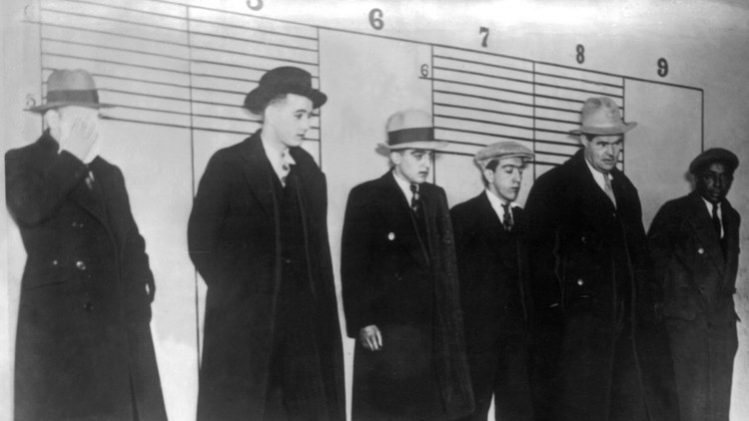
Understand the history of Organized Crime in North America
Learn indicators and key components of Organized Crime Groups (OCGs)
Assess various Organized Crime Groups and their impact on society
Explore the challenges of investigating Organized Crime
This course examines the many forms of organized crime in Canada (mafia, outlaw motorcycle gangs, Asian triads, etc.) to offer students a solid understanding of the various crime groups, their organizations, history, and activity, and the threats they post.
Students will examine the use of major case management when investigating organized crime and the issues of disclosure.
The phenomenon of transnational organized crime will be explored with a focus on its threat to national security and linkages to terrorism.
By the end of this course, students will develop a comprehensive understanding of organized crime through a study of relevant material and a practical understanding of methods and techniques used for detecting and conducting investigations to counter organized crime.
Course Objectives
1. Evaluate the main approaches to organized crime.
2. Assess organized crime groups, their activities and their effect on society.
3. Analyze counter organized and transnational organized crime policies, laws and methods
4. Evaluate current “indicators and warnings” methods for identifying organized and transnational organized crime activity.
5. Assess the current trends in organized and transnational organized crime that illustrates the historical development of terrorism.
6. Examine the nexus between organized crime and terrorism and the efforts to detect and combat this activity.
7. Explain the challenges with intelligence collection, major case management, and disclosure when conducting investigations into organized crime activity



